By Chris Anthony Far from the rolling plains of Alabama, the tiny...
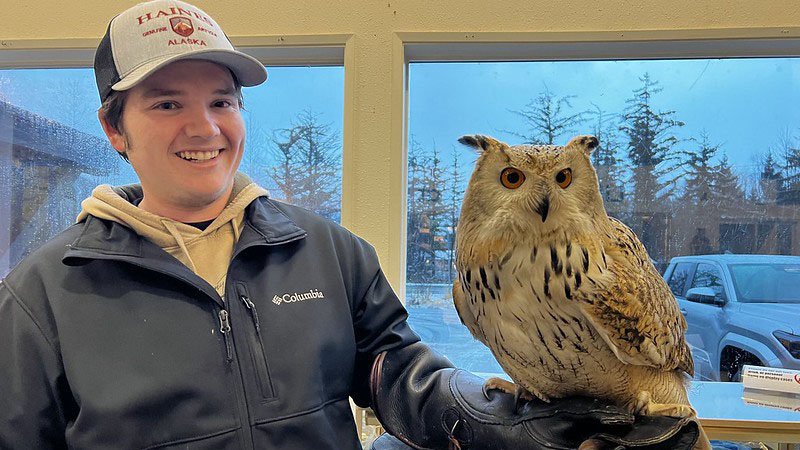
Hosted by the Auburn University College of Agriculture, The Market at Ag Heritage Park is an open-air, growers-only farmers market offering fresh, locally grown fruits and vegetables, herbs, ornamental plants and cut flowers as well as locally produced jams and...
Advises future ag students to get involved The spring 2025 graduation marshal for the Auburn University College of Agriculture is a familiar face around Comer Hall. Will Rich was selected from among the agriculture spring graduates to represent the college at the...
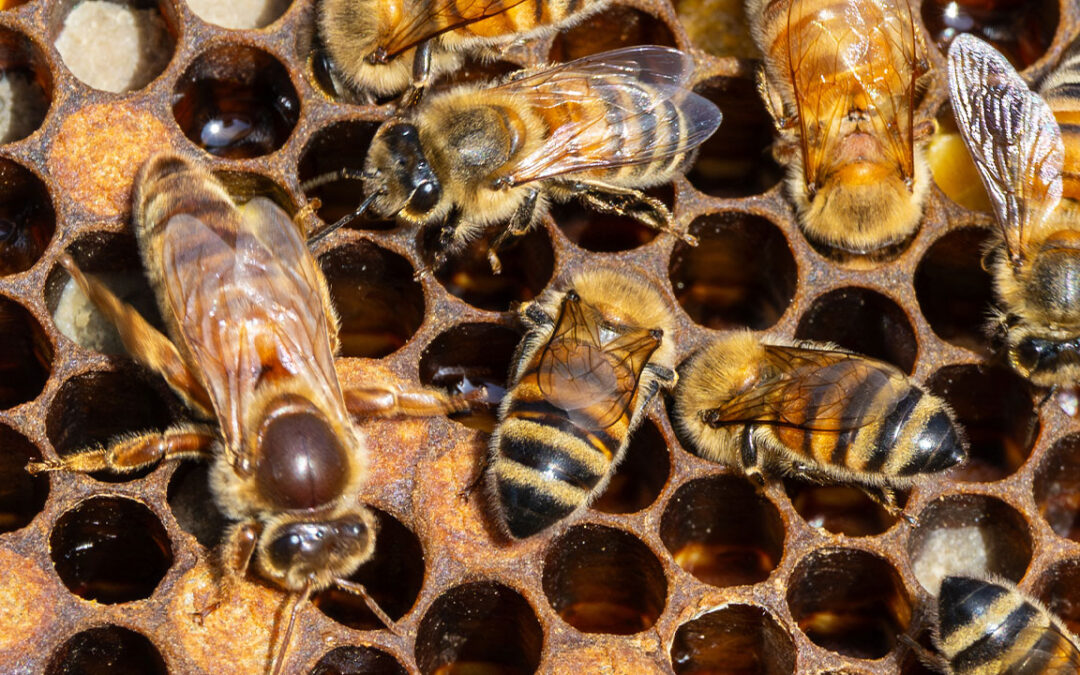
The annual U.S. Beekeeping Survey results are in for the 2024-2025 calendar year. In collaboration with Auburn University, the Apiary Inspectors of America, Oregon...
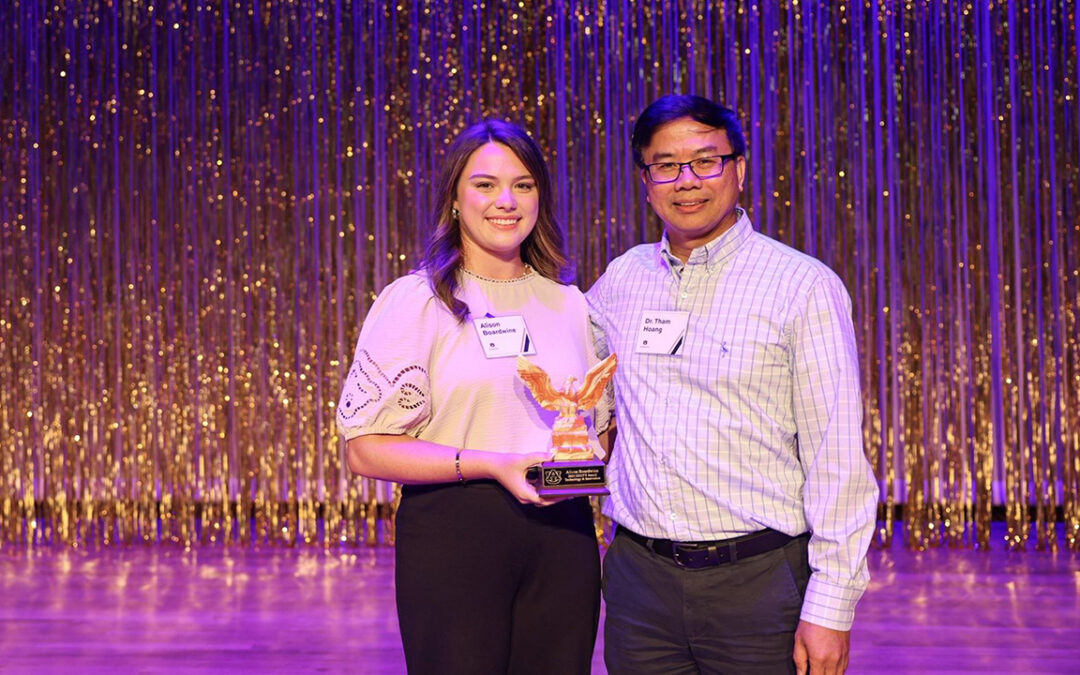
Recent graduate Ali Boardwine received a particularly special accolade before graduating on May 11 with a Bachelor of Science in bioprocess engineering and minors in...

The Auburn University College of Agriculture and Campus Dining recently added four new container farms to its vertical farming operation. The four new farms, outfitted...

Three students in the College of Agriculture recently received distinguished honors from the Auburn University President’s Office. Savannah Busby received the Presidential Graduate Opportunity Fellowship, a highly competitive opportunity awarded to only a few incoming...
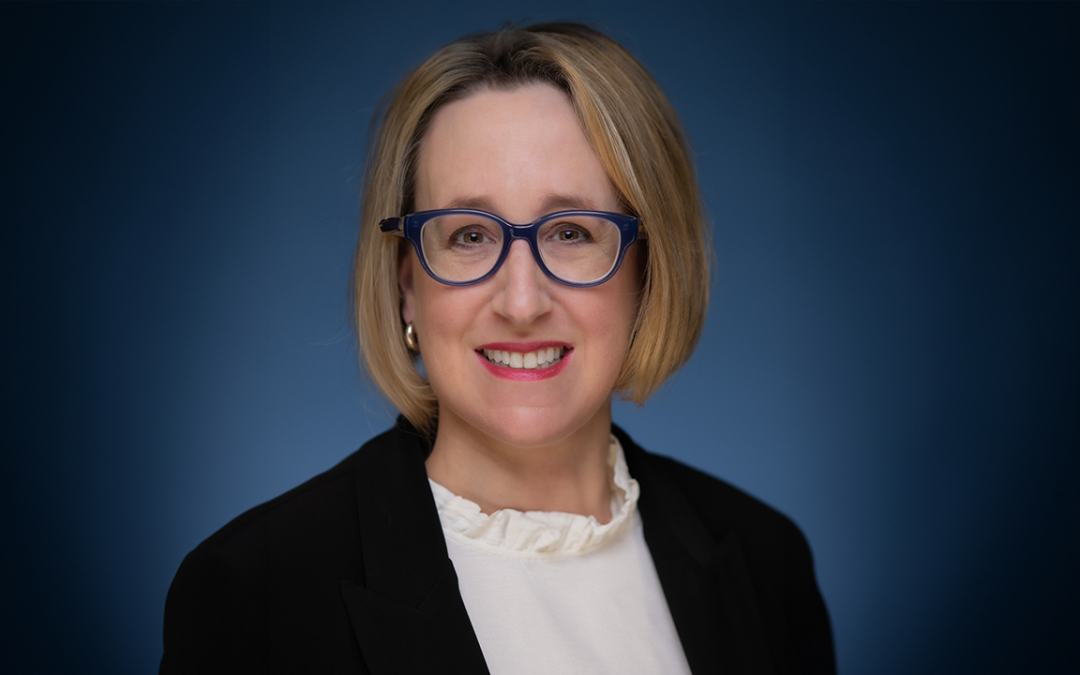
Following a national search, Mykel Taylor was named head of the Auburn University Department of Agricultural Economics and Rural Sociology, effective April 15. She had served as interim head of the department since fall 2024. “Dr. Taylor’s effective leadership, along...

Auburn University College of Agriculture student Leah Johnson received a highly competitive collegiate internship with HudsonAlpha, a premier institute for biotechnology. She is the second student from the applied biotechnology major in the Department of Entomology...
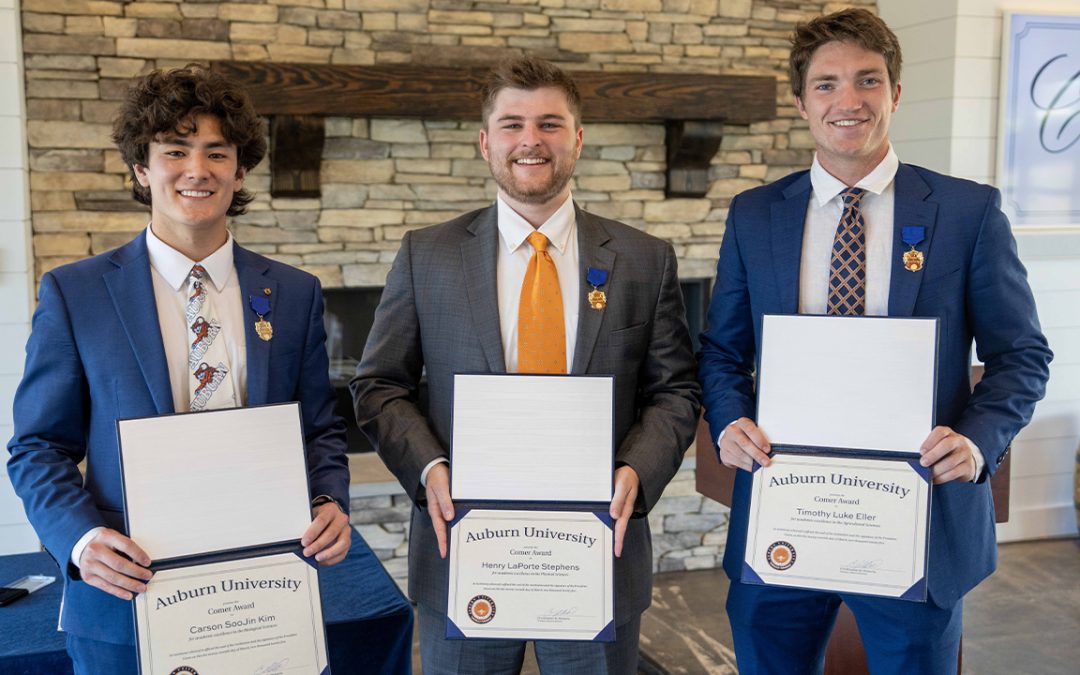
Hosted by the College of Sciences and Mathematics, in collaboration with the College of Agriculture, this year’s Comer Awards were presented to three graduating Auburn University students….
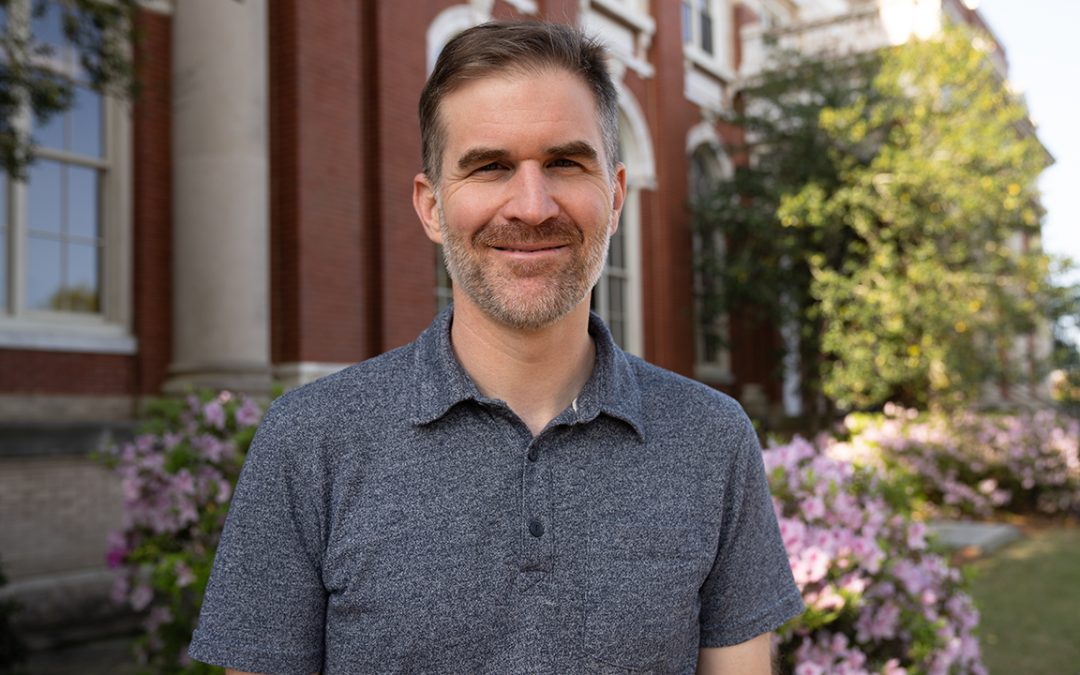
Geoff Williams, associate professor, graduate program officer and longtime director of the AU-Bees Lab, is director of the new Auburn University Bee Center, effective Tuesday, April 1. In February, the Board of Trustees approved the establishment of the Auburn...

A team of both doctoral and undergraduate biosystems engineering students is tackling the age-old problem of precise fertilizer application with cutting-edge drone technology. According to NASA, they’re tackling it well.

Auburn researchers help farmers adapt to EPA changes This year, major regulatory changes enacted by the Environmental Protection Agency (EPA) will affect farmers nationwide, specifically herbicide use for soybean and cotton producers. For 2025, dicamba herbicide...

Is growing a cover crop on Alabama farms a solution or a problem for growers in the state who are trying to prevent soil and water erosion losses? A grant funded through the Alabama Agricultural Experiment Station research program for the current fiscal year will...

As the College of Agriculture at Auburn University celebrated 150 years in 2022, it also announced plans to renovate its administrative building, Comer Hall. Last November, the Board of Trustees approved a comprehensive renovation of the building, including project...

Forum to be held 7:30 a.m. to 4:30 p.m. Monday, April 21 Auburn University faculty researchers from the Colleges of Agriculture, Sciences and Mathematics, and Engineering seek to advance innovations in agriculture and natural resources. Together, they are hosting a...
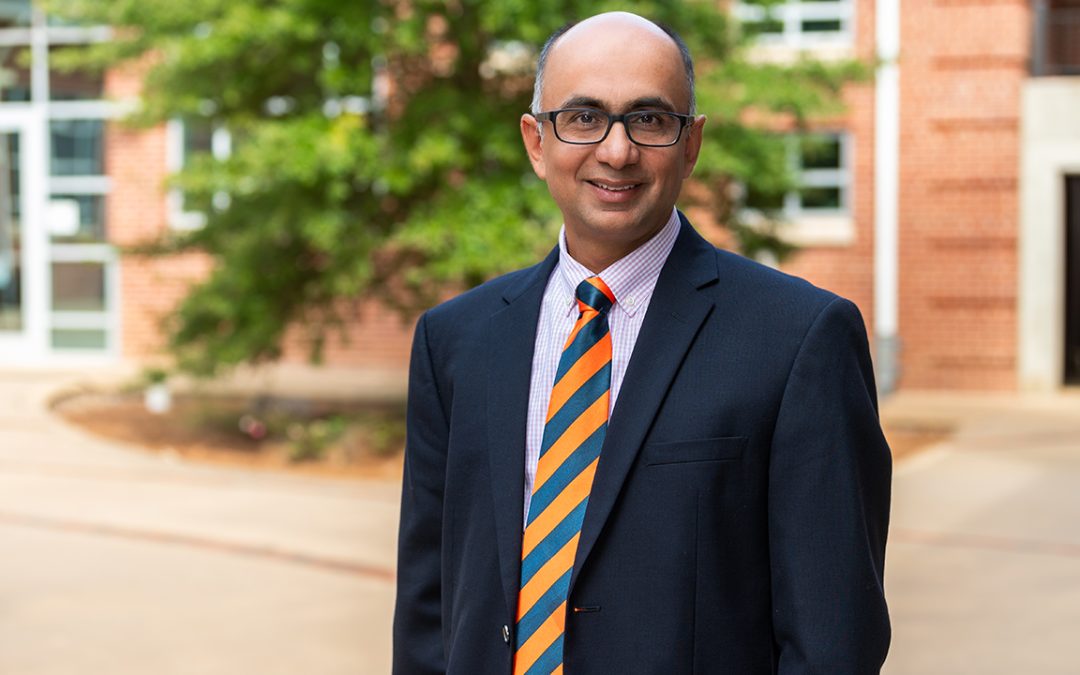
Sushil Adhikari will serve as the Auburn University College of Agriculture’s interim associate dean for research and interim associate director of the Alabama Agricultural Experiment Station, effective Feb. 16. He replaces Arthur Appel, who stepped into the role of...
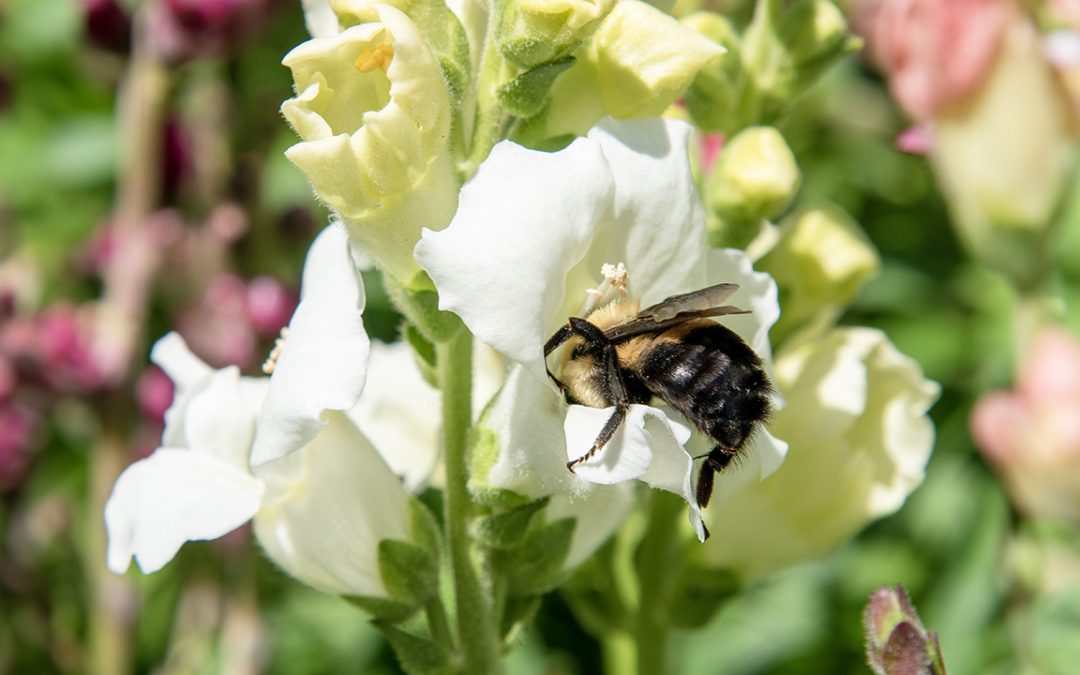
Children’s garden, new Auburn University Bee Center approved Two transformational projects for the Auburn University College of Agriculture were approved by the Board of Trustees at its meeting on Friday, Feb. 7. First, the board approved phase one of a new children’s...
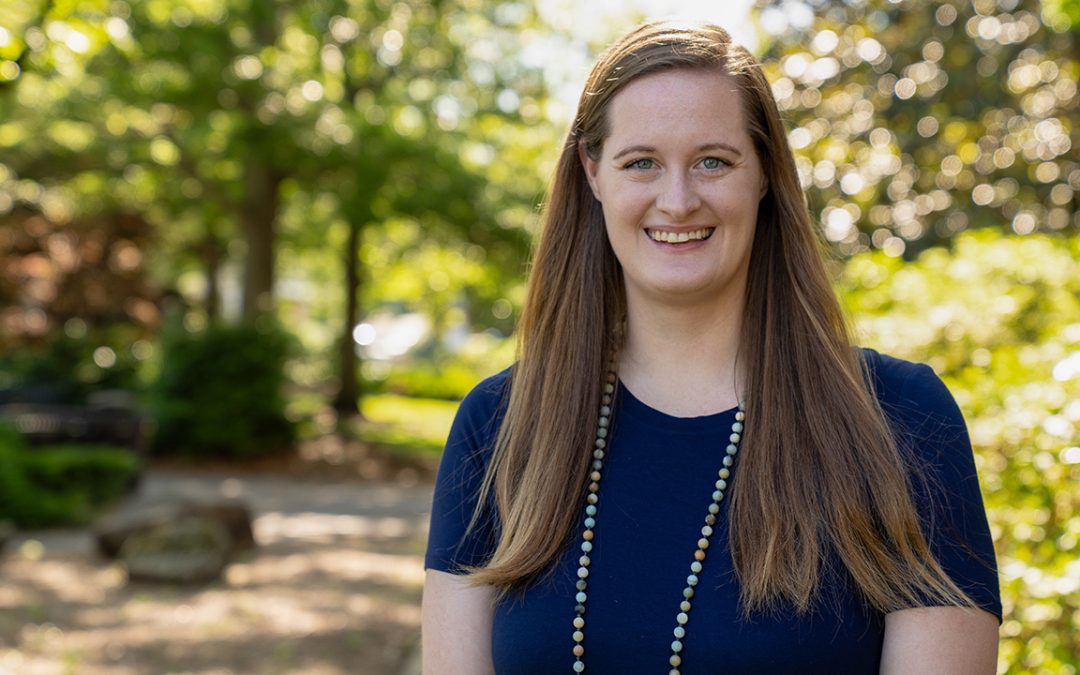
Mallory Beck, academic advisor for the Auburn University College of Agriculture’s Department of Animal Sciences, recently received two awards recognizing her excellence in her profession. Beck received the Outstanding New Advisor Award from the Provost’s Office’s 2025...
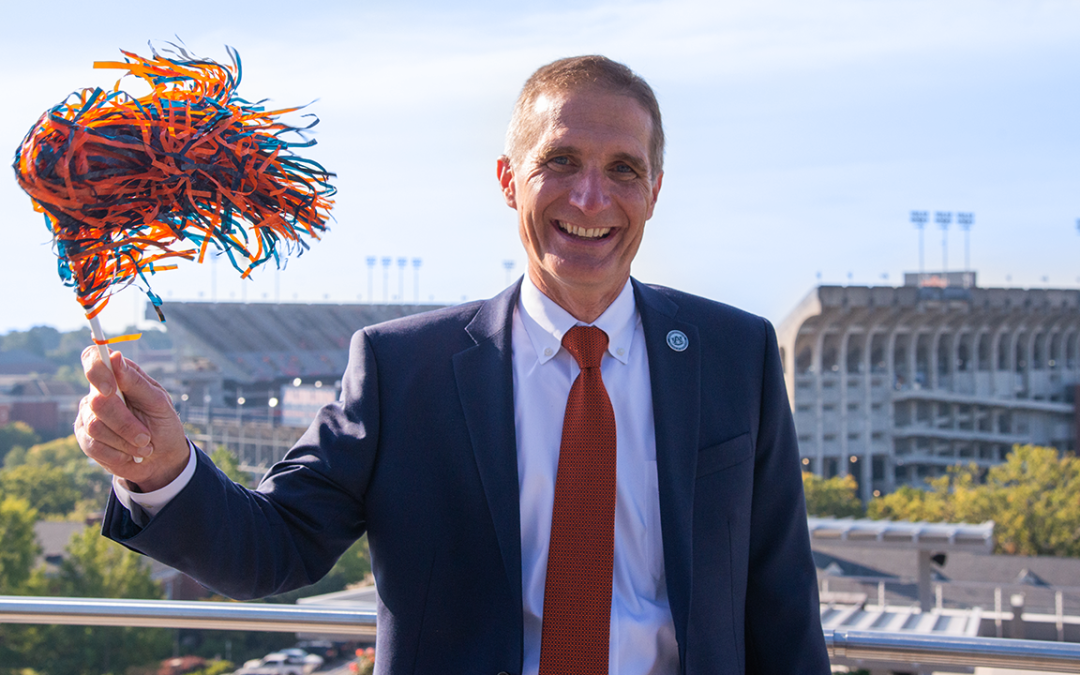
As 2024 draws to a close, Paul Patterson is stepping away from his roles as dean of the College of Agriculture and director of the Alabama Agricultural Experiment Station, effective Jan. 1. He led both to record numbers in the areas of teaching, research and outreach since he assume the positions in March 2016…
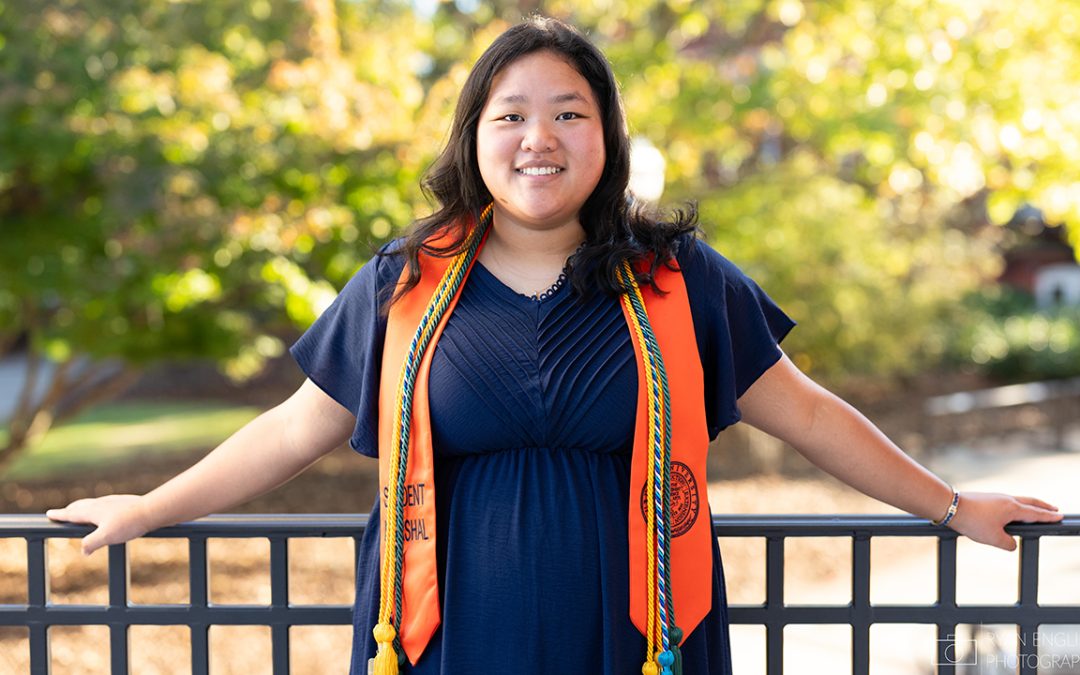
Auburn University Marching Band member Rachel Robinson has one more march to make. The animal sciences (pre-vet) major is the student marshal for the College of Agriculture at the 2024 winter commencement ceremony on Saturday, Dec. 14. Robinson’s time as an...
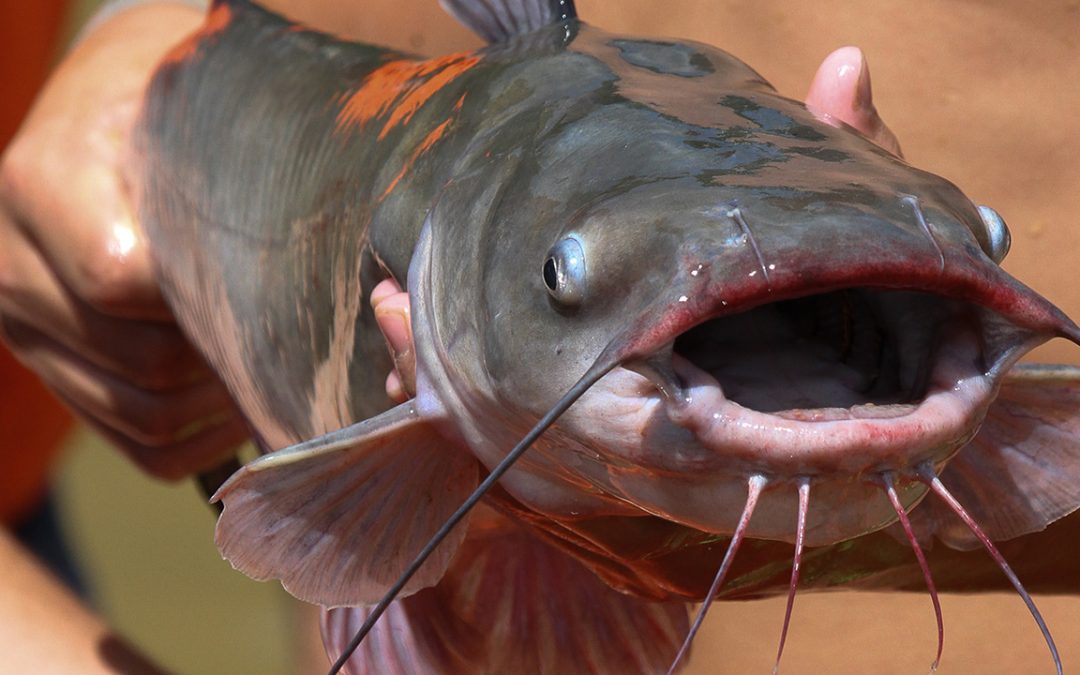
Catfish farmers may be hurting their profitability by needlessly sacrificing male catfish when collecting sperm for breeding, according to a recent Auburn study. The same study discovered the indicators farmers commonly use to select males for breeding, like head size...

Arthur Appel will serve as interim dean of the Auburn University College of Agriculture and interim director of the Alabama Agricultural Experiment Station, effective Jan. 1. Appel has served in his current role as associate dean for research and assistant director of...

Andrew L. Rypel will serve as director of the Auburn University School of Fisheries, Aquaculture and Aquatic Sciences, effective March 22. He comes from the University of California at Davis, where he currently serves as director of the Center for Watershed Resources...

When can there be too many deer even for a hunting enthusiast? When that same enthusiast is a row-crop farmer, and the deer are using their fields as an all-you-can-eat buffet. While deer grazing on crops has been a consistent problem for decades, it has escalated in...

The average broiler chicken lives 6–8 weeks and spends much of that time indoors, but researchers at Auburn University are investigating the use of natural light in broiler houses and its effects on bird performance and welfare. A team of agricultural engineers,...
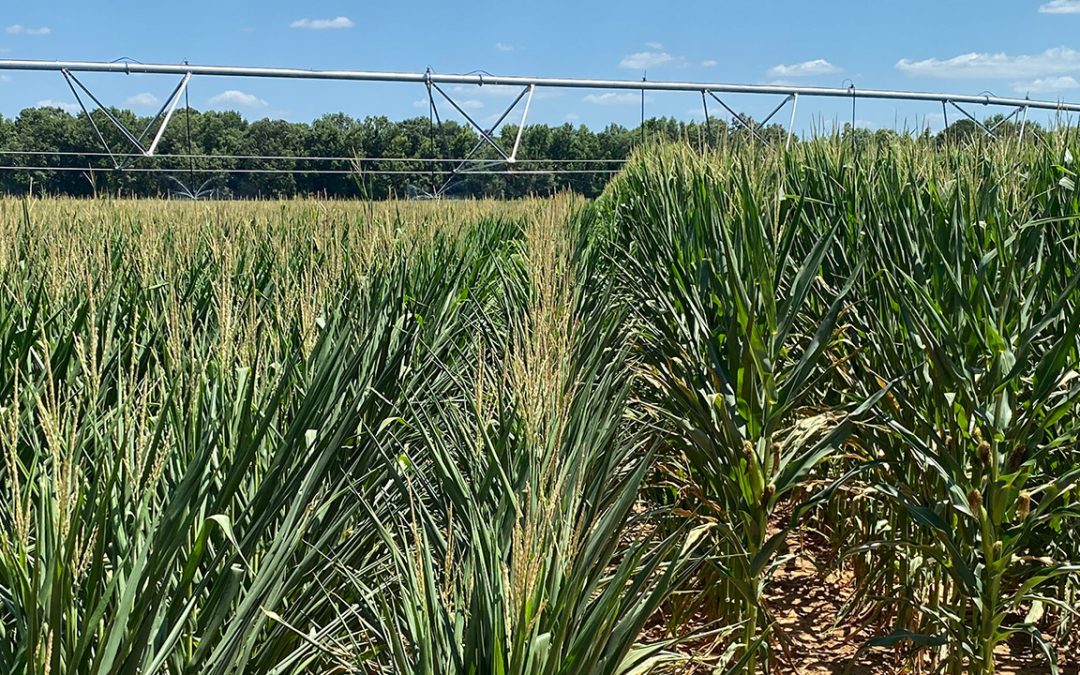
The line from the classic musical “Oklahoma” that refers to corn being “as high as an elephant’s eye” would not apply to some of the new hybrids becoming available to producers. Reduced-stature corn, also referred to as “short” corn, is a concept that has gained...

Three students in the College of Agriculture recently received distinguished honors from the Auburn University President’s Office. Savannah Busby received the Presidential Graduate Opportunity Fellowship, a highly competitive opportunity awarded to only a few incoming...

Following a national search, Mykel Taylor was named head of the Auburn University Department of Agricultural Economics and Rural Sociology, effective April 15. She had served as interim head of the department since fall 2024. “Dr. Taylor’s effective leadership, along...

Auburn University College of Agriculture student Leah Johnson received a highly competitive collegiate internship with HudsonAlpha, a premier institute for biotechnology. She is the second student from the applied biotechnology major in the Department of Entomology...

Hosted by the College of Sciences and Mathematics, in collaboration with the College of Agriculture, this year’s Comer Awards were presented to three graduating Auburn University students….

Geoff Williams, associate professor, graduate program officer and longtime director of the AU-Bees Lab, is director of the new Auburn University Bee Center, effective Tuesday, April 1. In February, the Board of Trustees approved the establishment of the Auburn...

A team of both doctoral and undergraduate biosystems engineering students is tackling the age-old problem of precise fertilizer application with cutting-edge drone technology. According to NASA, they’re tackling it well.

Auburn researchers help farmers adapt to EPA changes This year, major regulatory changes enacted by the Environmental Protection Agency (EPA) will affect farmers nationwide, specifically herbicide use for soybean and cotton producers. For 2025, dicamba herbicide...

Is growing a cover crop on Alabama farms a solution or a problem for growers in the state who are trying to prevent soil and water erosion losses? A grant funded through the Alabama Agricultural Experiment Station research program for the current fiscal year will...

As the College of Agriculture at Auburn University celebrated 150 years in 2022, it also announced plans to renovate its administrative building, Comer Hall. Last November, the Board of Trustees approved a comprehensive renovation of the building, including project...

Forum to be held 7:30 a.m. to 4:30 p.m. Monday, April 21 Auburn University faculty researchers from the Colleges of Agriculture, Sciences and Mathematics, and Engineering seek to advance innovations in agriculture and natural resources. Together, they are hosting a...

Sushil Adhikari will serve as the Auburn University College of Agriculture’s interim associate dean for research and interim associate director of the Alabama Agricultural Experiment Station, effective Feb. 16. He replaces Arthur Appel, who stepped into the role of...

Children’s garden, new Auburn University Bee Center approved Two transformational projects for the Auburn University College of Agriculture were approved by the Board of Trustees at its meeting on Friday, Feb. 7. First, the board approved phase one of a new children’s...

Mallory Beck, academic advisor for the Auburn University College of Agriculture’s Department of Animal Sciences, recently received two awards recognizing her excellence in her profession. Beck received the Outstanding New Advisor Award from the Provost’s Office’s 2025...

As 2024 draws to a close, Paul Patterson is stepping away from his roles as dean of the College of Agriculture and director of the Alabama Agricultural Experiment Station, effective Jan. 1. He led both to record numbers in the areas of teaching, research and outreach since he assume the positions in March 2016…

Auburn University Marching Band member Rachel Robinson has one more march to make. The animal sciences (pre-vet) major is the student marshal for the College of Agriculture at the 2024 winter commencement ceremony on Saturday, Dec. 14. Robinson’s time as an...

Catfish farmers may be hurting their profitability by needlessly sacrificing male catfish when collecting sperm for breeding, according to a recent Auburn study. The same study discovered the indicators farmers commonly use to select males for breeding, like head size...

Arthur Appel will serve as interim dean of the Auburn University College of Agriculture and interim director of the Alabama Agricultural Experiment Station, effective Jan. 1. Appel has served in his current role as associate dean for research and assistant director of...

Andrew L. Rypel will serve as director of the Auburn University School of Fisheries, Aquaculture and Aquatic Sciences, effective March 22. He comes from the University of California at Davis, where he currently serves as director of the Center for Watershed Resources...

When can there be too many deer even for a hunting enthusiast? When that same enthusiast is a row-crop farmer, and the deer are using their fields as an all-you-can-eat buffet. While deer grazing on crops has been a consistent problem for decades, it has escalated in...

The average broiler chicken lives 6–8 weeks and spends much of that time indoors, but researchers at Auburn University are investigating the use of natural light in broiler houses and its effects on bird performance and welfare. A team of agricultural engineers,...

The line from the classic musical “Oklahoma” that refers to corn being “as high as an elephant’s eye” would not apply to some of the new hybrids becoming available to producers. Reduced-stature corn, also referred to as “short” corn, is a concept that has gained...